When I recall my favorite art museums—drifting through their galleries, pausing, reflecting, moving on—it’s not so much specific works of art I remember, if I’m honest: it’s the beauty of the light. Daylight that hovers, shimmering, almost palpable, in a volume of space; that washes a wall just so, depending on weather and time of day; that, glimpsed through a window in passing or pausing, sets a city or landscape outside aglow: this is what distinguishes the museums I’ve already forgotten (however worthy) from the sublime spaces I seek out again and again. Daylighting an art museum is an art in itself.
“Daylighting is one of the most potent experiences that people have when they walk into a gallery,” says Susan Ubbelohde, a founding partner with Loisos + Ubbelohde, building-performance design consultants. “You need technical knowledge to make it work well and not damage the artwork, but it is not a technical objective. Good daylighting is an experiential and aesthetic goal.”
Three new art museums exemplify different approaches to that objective: the Museum of Modern Art Warsaw, by Thomas Phifer and Partners (completing in 2024); an addition to the Musée national des beaux-arts du Québec (MNBAQ), by FABG Architectes (construction drawings ready for bid); and the renovation and expansion of the Frick Collection, in New York, by Selldorf Architects (under construction). I spoke with architects and lighting designers for these projects about the factors that informed their approach to daylighting. Before that, I spoke with Gabe Guilliams, a partner with Buro Happold who leads the firm’s lighting teams globally, and he offered five themes from his pantheon of best practices, which I’ve distilled into a sort of checklist (see sidebar below). Remember when you went to an art museum as a kid, and the docent sent the class on a scavenger hunt for how many hats or games or reflections you could spot in the paintings? Similarly, you might see how many of Guilliams’s daylighting themes you can spot in these museums.
The Museum of Modern Art Warsaw, located in the center of the city (with an adjacent theater, also by Thomas Phifer and Partners), is intended as a catalyst for Poland’s artistic voice during the country’s current renaissance, says Thomas Phifer, the firm’s founding partner. “To celebrate this moment, it is vital to weave the art experience with the ever-changing light of Warsaw,” he says.
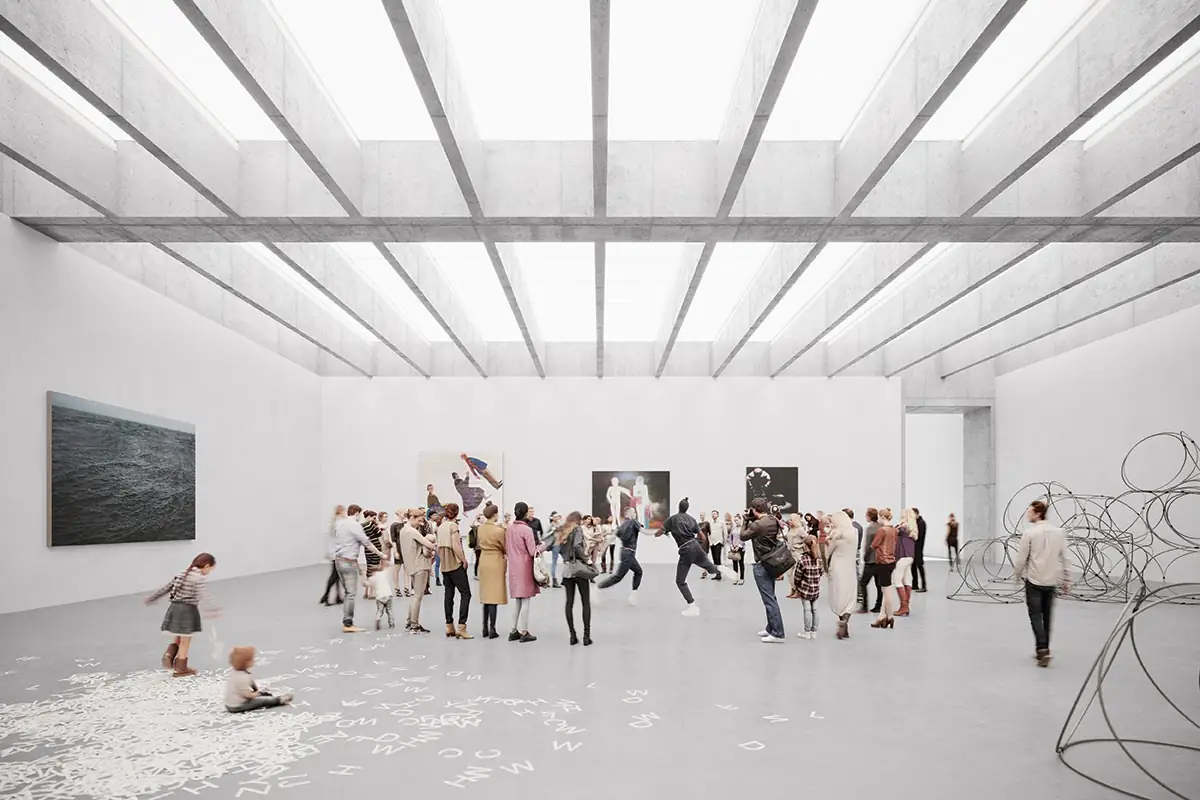
1
The Museum of Modern Art Warsaw will offer galleries daylit by skylights (1) and clerestories (2). Images courtesy of Thomas Phifer and Partners, click to enlarge.
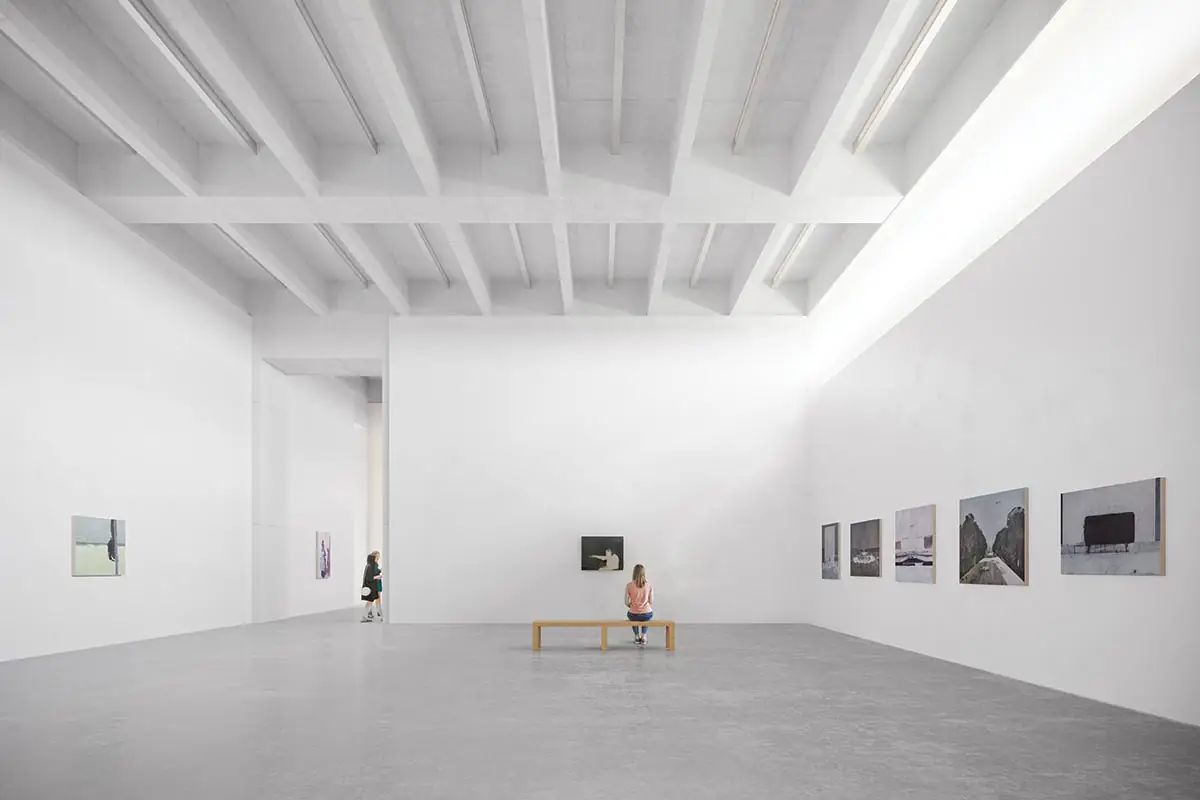
2
Unlike many museums designed in the last 10 or 15 years, this is not a museum that wanted flexibility to “change and change and change,” says Phifer. “The museum director, Joanna Mytkowska, requested permanent rooms that will in themselves serve to curate the art.”
The 213,000-square-foot, three-story museum, built of white concrete inside and out, comprises four suites of galleries on the top two floors, with education and gathering spaces and changing, artist-curated exhibits in the gallery on the ground floor. In each of the four gallery suites, about halfway through, a wood-lined room, complete with bench and reading desk, offers a place to pause, contemplate, and reset in front of an outsize window with views of the city.
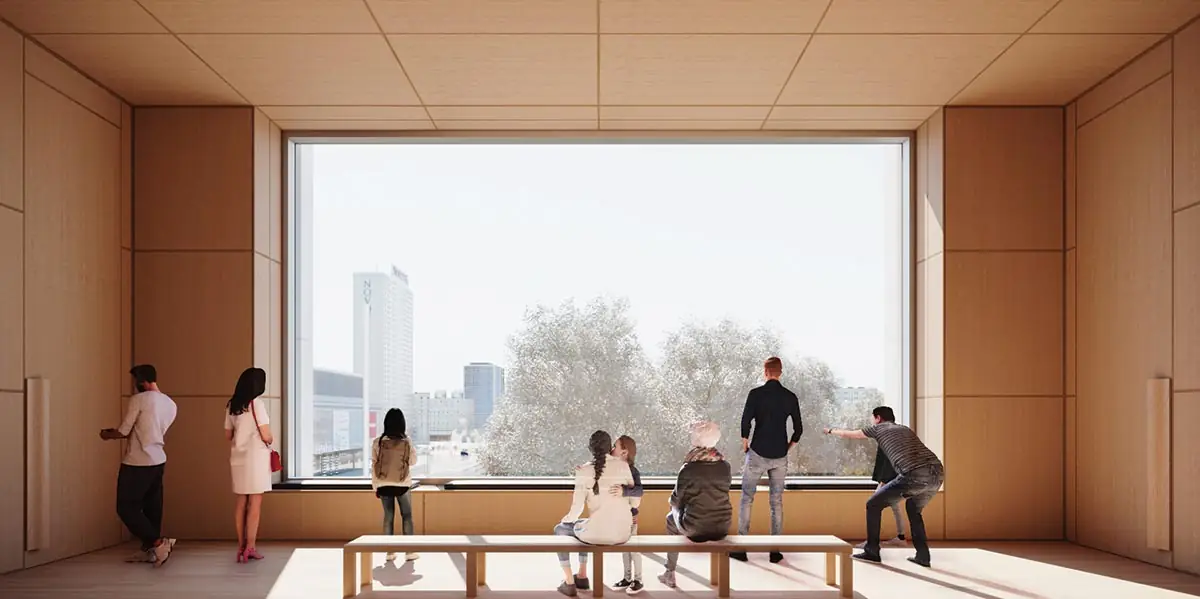
Wood-lined rooms at the Museum of Modern Art Warsaw will offer a place to pause between the art-display spaces. Image courtesy of Thomas Phifer and Partners
Top-floor suites, with ceiling heights of 26 feet, are skylit, which “gives the art a kind of heroic nature,” says Phifer. A system of fixed louvres and scrims modulates the toplight, and computer modeling, by Arup, has confirmed that across all seasons the filtered daylight achieves an average illuminance specified by the museum’s curators and conservators. If, from time to time, an exhibition requires further modulation, an easy-to-use film, available in varying degrees of opacity, can be applied to the skylight. “Movable parts that would take a lot of maintenance were not acceptable,” says Phifer. “We wanted to allow change with only static devices.”
On the second floor, one of the two suites of galleries, with similarly heroic ceiling heights, is daylit via clerestory windows wrapping three sides of the building. In the morning, the galleries on the east side are going to be glowing with a “vibrant daylight.” In the afternoon they’ll be quieter, offering “a softer light,” while the ones on the western side “will come alive,” says Phifer. Throughout the day, “the atmosphere of these rooms will change, enriching an art experience that is embedded in the light.”
To allow for the display of especially sensitive works, and to accommodate video installations, the other suite on this floor, with lower (15-foot) ceilings, is lit with electric light only. And, while these black-box galleries serve an essential role, if all of the exhibition spaces were lit with electricity only, “they would resemble generic art spaces that could exist anywhere,” says Phifer. “Instead, as the seasons change and the light of each day passes, the experience poetically connects the art with the atmosphere of Warsaw.”
Placing art in its environment through light and views was also a priority for L’Espace Riopelle, a 61,000-square-foot, mass-timber pavilion at MNBAQ, which will accommodate the largest public collection of works by the 20th-century Canadian painter Jean-Paul Riopelle. “Riopelle was nurtured by our northern landscape,” says Éric Gauthier, a senior partner with FABG, and the painter’s work, particularly the masterwork in the collection, the renowned Tribute to Rosa Luxemburg, “has become important in our collective imagination.”
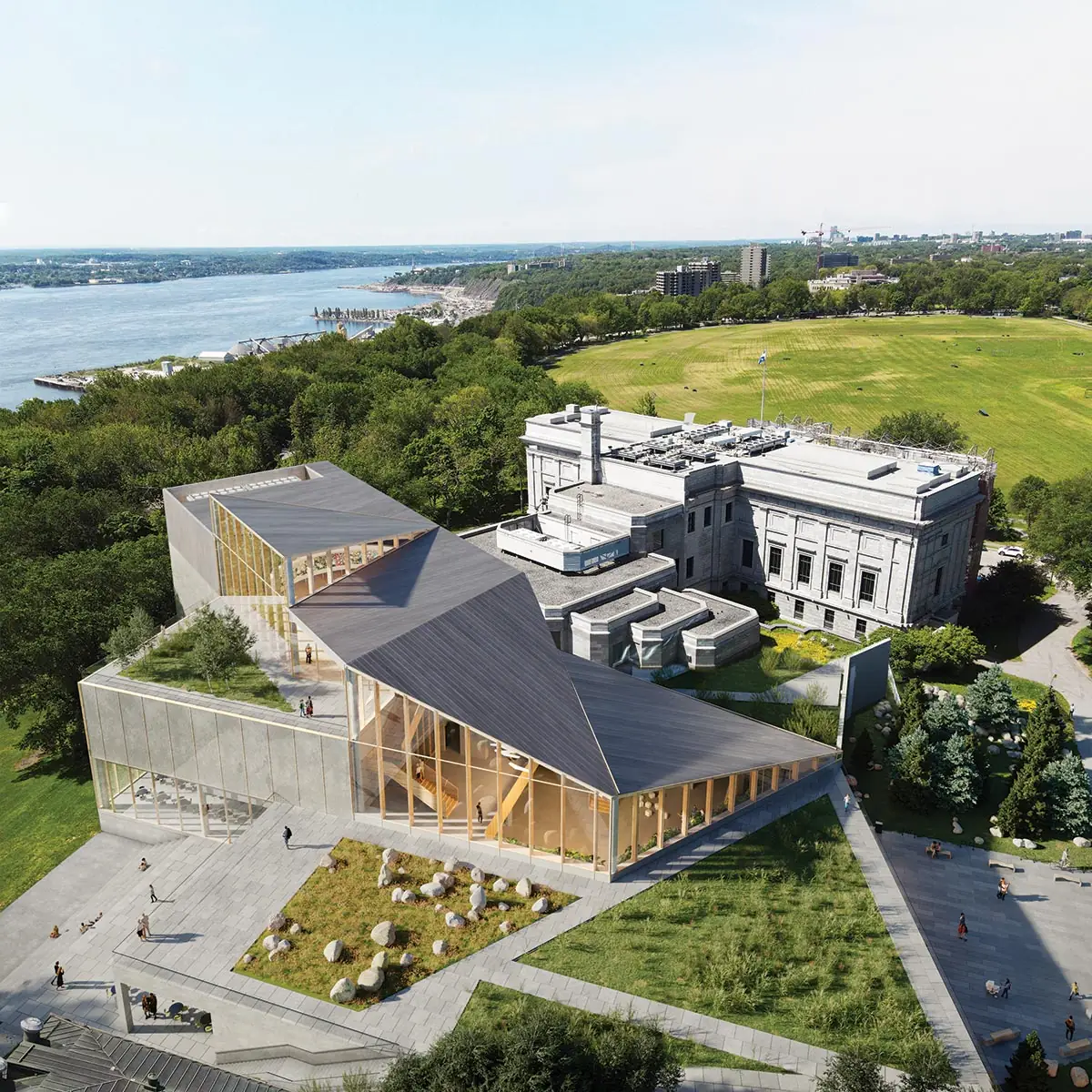
3
FABG’s initial scheme for a pavilion in Quebec dedicated to the work of Jean-Paul Riopelle (3) was premised on the use of electrochromic glazing (4). Images courtesy of FABG, click to enlarge.
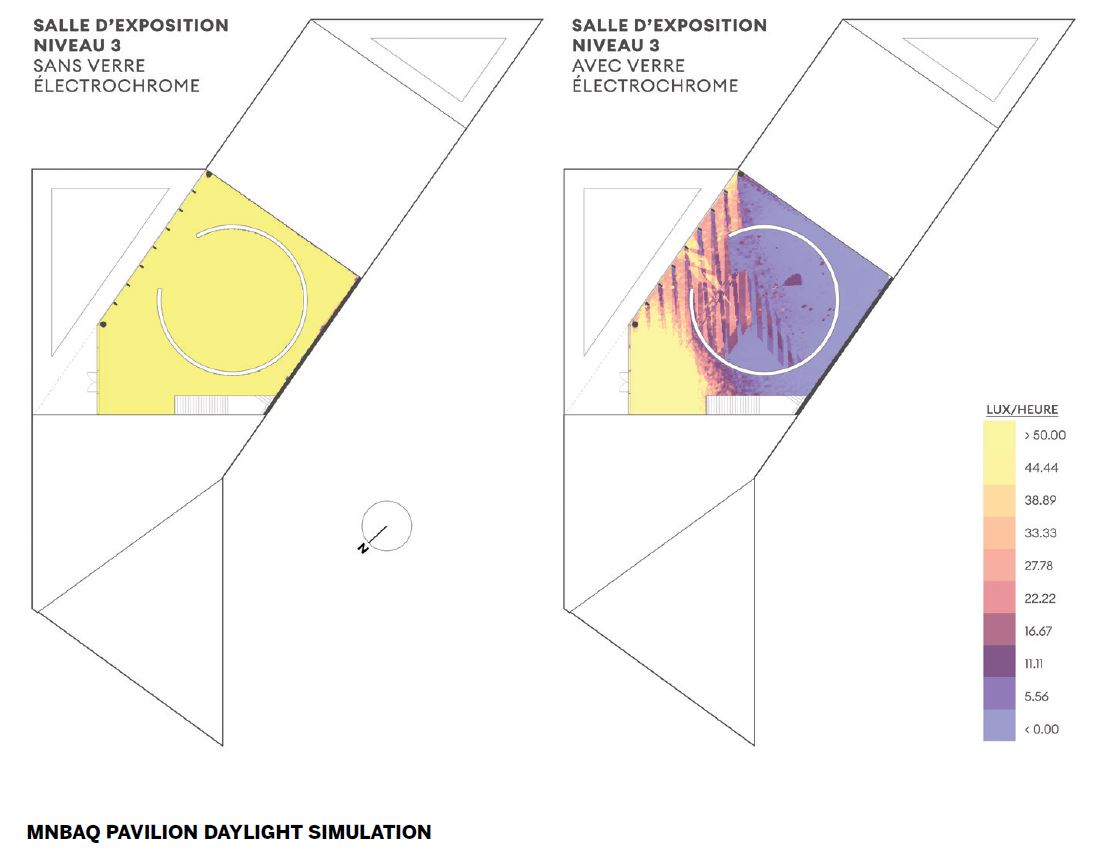
4
The visitor’s procession through the galleries of the pavilion (which, on the lower floors of the three-level building, are electrically lit, with daylit circulation spaces and specially lit transition zones to help the eyes adjust between the two) culminates in a fully glazed rooftop volume, with expansive views over the St. Lawrence River. It was while living on an island in the St. Lawrence that Riopelle created Tribute, a colorful triptych more than 130 feet long, in response to learning of the death of his former companion of many years, the American painter Joan Mitchell. Exhibiting this work in the light and landscape in which it was created, and adjacent to a terrace that allows the visitor to step out into that setting, “I think will provide a quality of experience that evokes emotion in the visitor and becomes something that they remember,” says Gauthier.
From a conservation perspective, however, daylighting the piece, which was executed in spray paint on paper, is a challenge. Based on studies of the pigments and the fragility of the paper, at no time is illumination permitted to exceed 75 lux (a measure of how much light falls on a particular surface; in the U.S. this is measured in foot-candles). A limit on exposure to ultraviolet (UV) light in particular, with its greater potential for damage, is also strictly defined.
The painting’s three segments will be mounted on the inner faces of 10-foot-high partition walls that form a circular enclosure within the glazed volume. Stopping short of the ceiling, the partitions allow for what’s essentially a 4-foot-high, 360-degree clerestory. In order to avoid admitting direct sunlight, computer modeling helped to define the height of this enclosure and to locate the openings into it, and the architect will work closely with the exhibition designer to ensure that the completed partitions comply with the daylight simulation.
FABG’s competition-winning entry was premised on the use of electrochromic glass (which changes its optical properties in response to an electrical charge). However, as more complete information about the sensitivity of the art emerged, the client grew concerned about the possibility of power failures. With climate change, these have been growing longer and more frequent. The design has now been revised to incorporate a more passive solution, to be revealed in the new year. It will include deep overhangs of the timber roof—14 feet on the southeast side, and 22 feet on the southwest—so that this well-loved painting can be safely exhibited in its home light.
Both the Museum of Modern Art Warsaw and L’Espace Riopelle work deliberately with local conditions of daylight and place to create a memorable experience of art. For the renovation and expansion of the Frick Collection, a New York museum known for its outstanding examples of Western painting, sculpture, and decorative arts, the primary local condition is the Frick itself. The Selldorf-designed interventions, encompassing some 60,000 square feet of existing space and 18,000 square feet of new construction, are the first comprehensive upgrade to the Frick’s buildings since the institution opened to the public more than 80 years ago. From the perspective of daylighting, the goal is for the museum to retain the spirit and experience of the original, but to perform far better in terms of visual comfort and the curatorial needs of the art. “If you were to ask the average museum viewer,” says Ubbelohde, “we hope they will just say it feels fresh and beautiful.”
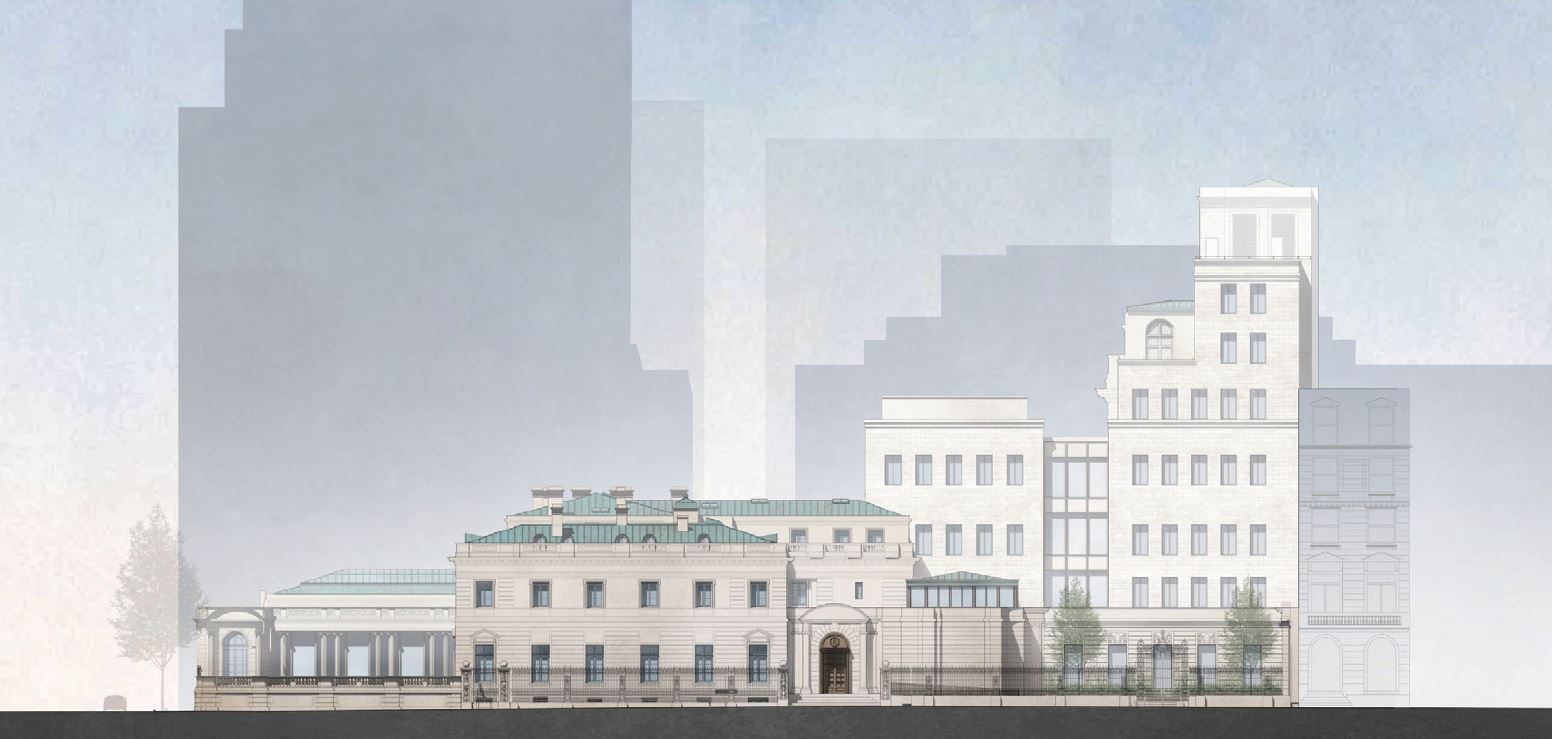
3
As part of the Selldorf-led renovation and expansion of the Frick (3) in New York, Loisos + Ubbelohde has redesigned skylights to meet new thermal and visual criteria (4). Images courtesy of Selldorf Architects (3), Loisos + Ubbelohde (4)
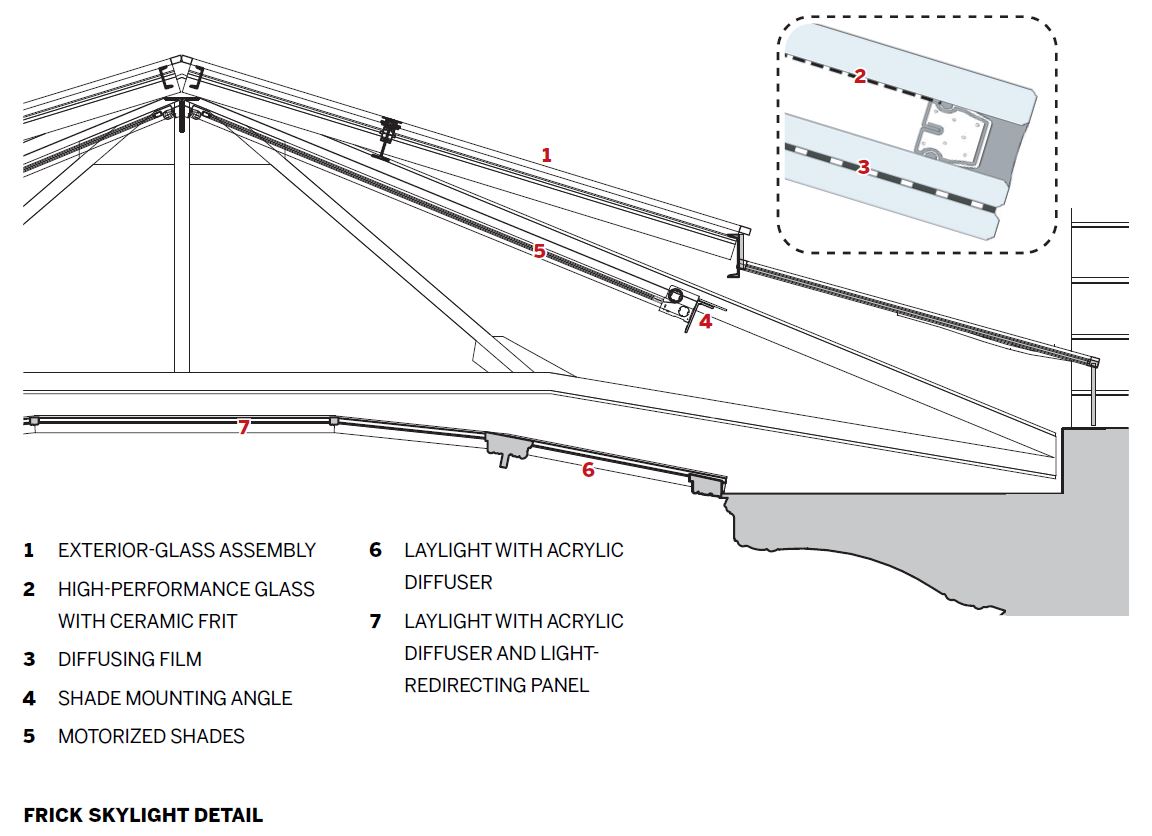
4
Housed in the early 20th-century mansion of the collection’s founder, Henry Clay Frick, the museum’s galleries were daylit with an assembly that was typical of the time. A large, hipped skylight runs the length of the galleries; within each gallery, a ceiling of glass panels, or laylights, transmits diffuse light; and in the interstitial attic space, adjustable louvres or blinds provide sun control. It’s a practical assembly, modulating the light, providing layers of defense against leaks, and allowing the ceiling to look pretty and serene, while a separate structure supports the skylights’ weather envelope. The performance of these elements, however, was limited by the material technologies of the era—wired skylight glass and linen blinds, for example—and each of those layers at the Frick had become compromised over time.
Working with an existing museum allows the daylighting designer to use measured site conditions to calibrate a digital simulation model. “We can then use that model with real assurance that it can tell us how changes in the glazing and other materials are going to perform,” says Ubbelohde. In collaboration with a team from Arup, Loisos + Ubbelohde identified exterior skylight options that could meet both thermal and visual criteria, and tested them in simulations with options for laylight materials and shading strategies. The design team then had a physical model built to allow project-team members to experience the most promising combinations. “You could sense the difference between the various glazing specifications in ways that could not show up in the simulations,” says George Loisos, founding partner at the firm.
The museum’s daylight and electric light are designed, in collaboration with lighting-design firm L’Observatoire International, to work as an integrated system. The daylight provides ambient illumination, with more light in the center of the room and less reaching the walls. Supplementing the lower daylight levels on the art, carefully calibrated electric light is used to highlight, say, a dark Rembrandt without exceeding curatorial standards; making the art a little brighter than the wall on which it’s hanging attracts the visitor’s eye and makes the painting easier to enjoy. Because the artworks vary in their surface characteristics—some are flat, others have a specular component and, depending on how the varnish has aged, may even have become more reflective—luminaires integrate diffusers as needed.
When visitors return next year to their “refreshed” museum, “they won’t notice the technical subtleties that make the museum experience so much better,” says Ubbelohde, “but that’s the point.” In a comment that sums up something the daylighting designs for the Museum of Modern Art Warsaw and L’Espace Riopelle also have in common, she says, “The point is for visitors to say, ‘Wow, this is fantastic!’ without necessarily knowing why.”
Daylighting Art: A Checklist
In conversation with RECORD, Gabe Guilliams, partner and lighting-design teams global leader at Buro Happold, shares his key considerations and best practices for illuminating art with daylight.
Collection and Client
- What types of artifacts are in the particular collection? Is the space intended for the institution’s permanent collection or for borrowed works on loan agreements? Will the items be displayed permanently, or will they be in dark storage for significant periods?
- Where is the client starting from? Have they ever worked with daylight before? Do they understand how dynamic it is and what that means for the variation in illumination levels their works will see? How sophisticated is the facilities group? What is their ability to manage automated systems? How can we simplify?
Quantity of Light
- What is the museum’s conservation methodology? How are they tracking light exposure to their works?
- Exposure is the instantaneous level of light multiplied by the duration of time a work is under that light. Because low-level light for a long period and high-level light for a short period can result in equivalent levels of exposure, a museum with a large, rotating collection may be able to allow more light while works are on display. More light means more clarity, more detail, more comprehension for viewers.
Quality of Light
- What is unique about the daylight of this place? Is there a local landmark to connect to? How are we capturing the essence of place from the outset?
- Glass technology has improved over the last 20 years, but options that are acceptable for the museum environment are limited. Glass with a high ability to render colors across the spectrum (spectral distribution) is preferred; however, the potential for damage to the art increases toward the ultraviolet (UV) range of wavelengths, but blocking UV completely can compromise the color quality of the visible light range.
- Top light maximizes the space for hanging art, and also creates greater uniformity of the walls, which makes curatorial flexibility a bit simpler.
- Side-lit spaces offer a more dynamic interaction as the day changes. Humans are phototropic—we’re drawn to light—so gradients of daylight across wall surfaces enhance visitors’ sense of curiosity and exploration, and can help with wayfinding.
Temperature and Humidity
- How large are daylighting apertures? What is their proximity to artworks? Underlying strategy should accommodate the temperature and humidity stability the artwork needs.
Electric Light
- How does it interact with the daylight?
- Be cautious about creating systems that detract from the experience of daylight by trying to replicate it, or that are complicated to understand and maintain. Museum staff will change, things will be forgotten. Out of an abundance of caution, museum teams may overcorrect by significantly reducing daylight, which will compromise the visitor experience.
Continuing Education

To earn one AIA learning unit (LU), including one hour of health, safety, and welfare (HSW) credit, read the article above and “The History of Museum Daylighting” by Buro Happold; then complete the quiz.
Upon passing the quiz, you will receive a certificate of completion, and your credit will be automatically reported to the AIA. Additional information regarding credit-reporting and continuing-education requirements can be found at continuingeducation.bnpmedia.com.
Learning Objectives
- Explain how daylight can enrich the experience of viewing art.
- Describe various daylighting configurations and their visual effects.
- Discuss the integration of daylighting and electrical-lighting systems.
- Discuss the maintenance, curatorial, and conservation considerations that must be taken into account when daylighting spaces for the display of art.
AIA/CES Course #K2312A


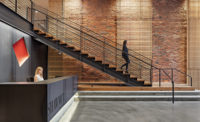
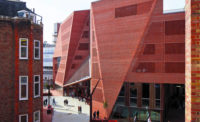
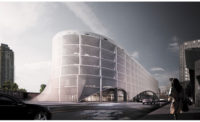
Post a comment to this article
Report Abusive Comment